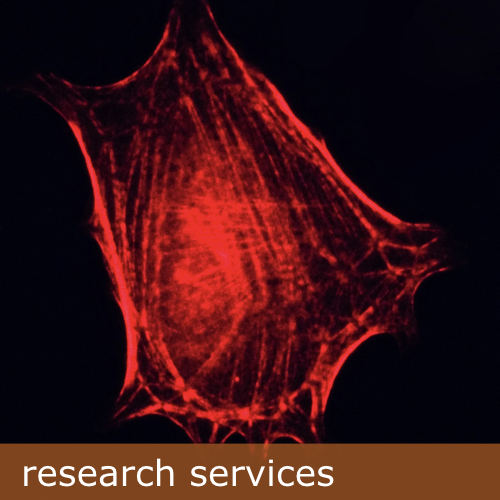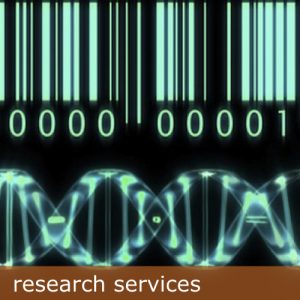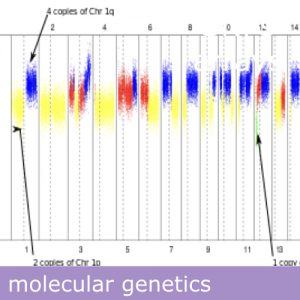qCell Identity. Authentication service of cell lines
The qCell Identity service is designed to:
- The identification of cell lines.
- The detection of cross contamination with other cell types.
The study is carried out using microsatellite markers. The combination of nine microsatellites produces a genetic profile with a probability of coincidence by chance of 1 in 2.92 × 10^9.
Identify your cell lines!
The authentication of cell lines is a clear and important requirement for researchers. It is estimated that between 15 and 20% of the cells used in biomedical research are poorly identified and/or cross-contaminated [1]. Despite this, very few researchers verify the identity of their cell lines. These phenomena can explain non-reproducible and inconsistent results, can seriously affect the quality of scientific publications (becoming a reason for retraction of articles!), represent a potential risk to health and, above all, the most immediate effect is an important waste of your time and money. Aware of these dangers, for some time now, some of the most impacting journals such as Clinical Cancer Research or Nature, require information on the identification of the cell lines used in the studies before their publication.
[1]Science 16 February 2007: Vol. 315 no. 5814 pp. 928-931.
When is it necessary to test the cells?
- In the first passes after having acquired or generated a new cell line.
- As a routine measure of quality control before starting an experiment.
- Before a publication.
- When anomalous behavior of the line is observed.
- To establish the genetic profile of a new cell line.[2].
[2] FDA. General Requirements for Laboratory Controls. 21 CFR 610.18.
qCell Identity results
The result of the study consists of a profile of the size of the alleles for the nine microsatellites analyzed. Public data bases are used to compare this profile with the profiles of the cell lines deposited and distributed by the main banks of cell lines (DSMZ, ATCC, ECCAC …), which allows the identification of the cell lines provided by the client.
This service is only applicable to cells of human origin. If cross contamination is suspected with cells from other species (typically rodents), other approaches should be used. In case of cross contamination with other human cells, detection is possible from a degree of contamination between 1 and 5%.
Given the inherent instability of microsatellites, it is likely that with subcultures the pattern varies slightly, so it is advisable to test the cells periodically to detect this phenomenon.
This is how it works: simple and fast !!!













